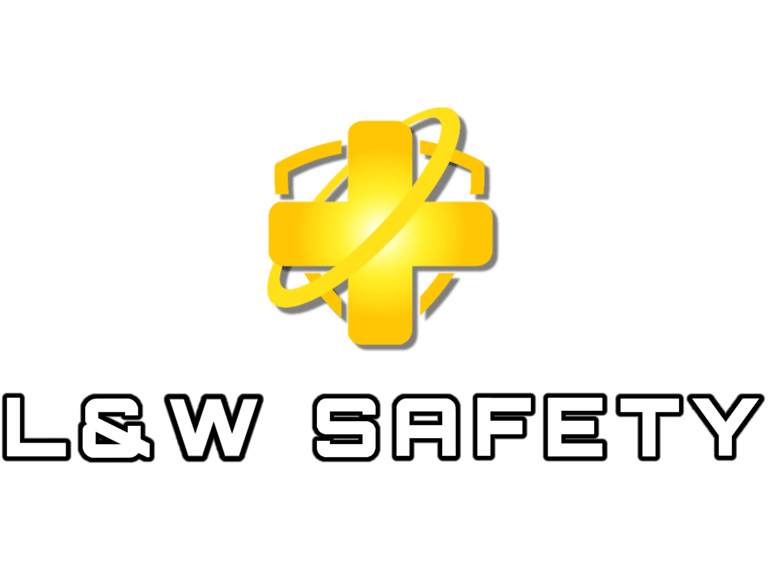
Beat the Heat
Comprehensive Strategies for Summer Heat Stress Illness Prevention (Outdoor and Indoor)
L&W Safety, LLC
7/29/20252 min read


Beat the Heat: Comprehensive Strategies for Summer Heat Stress Illness Prevention (Outdoor and Indoor)
Summer brings with it an undeniable energy, but also a significant challenge: the escalating risk of heat stress illnesses. Whether working outdoors in direct sunlight or indoors in warm environments, understanding prevention strategies is paramount for personal well-being and productivity. At L&W Safety, we believe in empowering individuals and workplaces with the knowledge to stay safe and healthy when the temperatures rise. (Check out our website at www.lwsafety.net for more resources!)
Understanding Heat Stress: The Silent Threat
Heat stress occurs when the body's natural cooling mechanisms, like sweating, are overwhelmed by external heat and internal heat production. This can lead to a range of conditions, from mild heat rash to life-threatening heatstroke. Recognizing the signs and implementing proactive measures are critical for prevention.
Common Heat-Related Illnesses:
Heat Rash: Skin irritation due to excessive sweating.
Heat Cramps: Muscle spasms, often in the legs or abdomen, caused by electrolyte imbalance from sweating.
Heat Exhaustion: More severe, with symptoms like heavy sweating, dizziness, nausea, headache, weakness, and cool, clammy skin.
Heat Stroke: A medical emergency! Symptoms include a high body temperature (104°F or higher), hot, red, dry or damp skin, confusion, throbbing headache, dizziness, nausea, and loss of consciousness. Call 911 immediately.
Outdoor Safety: Working and Playing Under the Sun
Outdoor environments pose direct challenges with solar radiation and often higher ambient temperatures.
Hydration is Non-Negotiable
Appropriate Attire
Schedule Smart
Acclimatization
Shade and Cooling Stations
Monitor Conditions & Individuals
Indoor Safety: Mitigating Heat in Contained Environments
Indoor spaces can also pose significant heat risks, especially in industrial settings, kitchens, or buildings without adequate air conditioning.
Ventilation and Airflow
Temperature Control
Reduce Internal Heat Sources
Building Envelope Management
Hydration & Breaks (Still Crucial Indoors)
Personal Cooling Aids
What to Do If Someone Shows Signs of Heat Stress:
Move to a Cooler Place: Get the person to a shaded area or air-conditioned room immediately.
Loosen Clothing: Remove or loosen tight clothing.
Cool the Body: Apply cool, wet cloths to the skin, or use a fan to blow cool air on them.
Hydrate: If conscious, offer sips of cool water or an electrolyte drink.
Monitor: Stay with the person and monitor their symptoms.
Seek Medical Attention: For heat exhaustion, if symptoms worsen or don't improve within an hour, seek medical help. For suspected heat stroke, call 911 immediately – this is a life-threatening emergency.
By implementing these comprehensive strategies for both outdoor and indoor environments, we can significantly reduce the risk of heat stress illnesses. At L&W Safety, we are committed to providing the knowledge and tools necessary for a safe and healthy summer. For more information and resources on heat stress prevention, visit us at www.lwsafety.net. Stay cool, stay safe!


